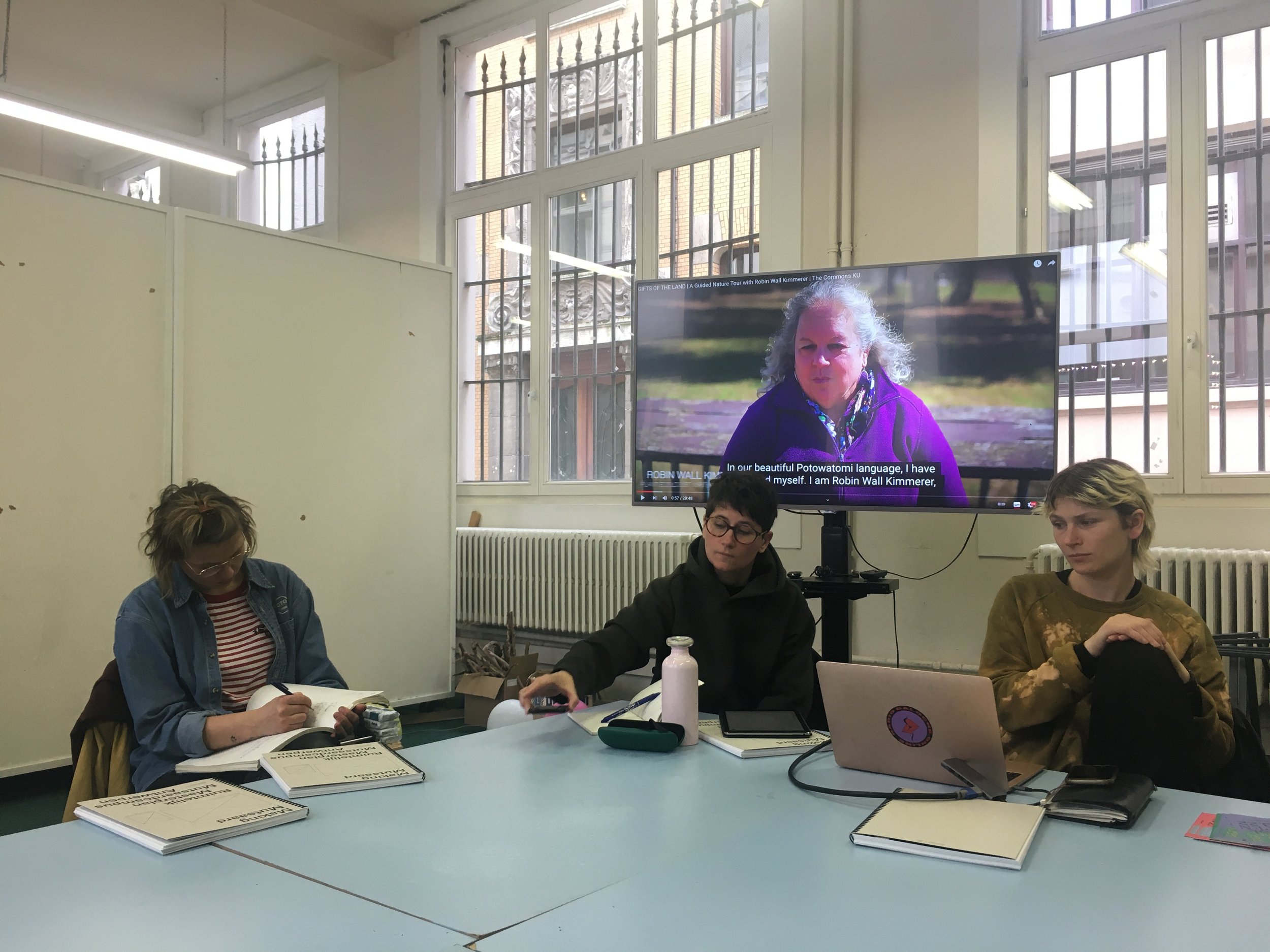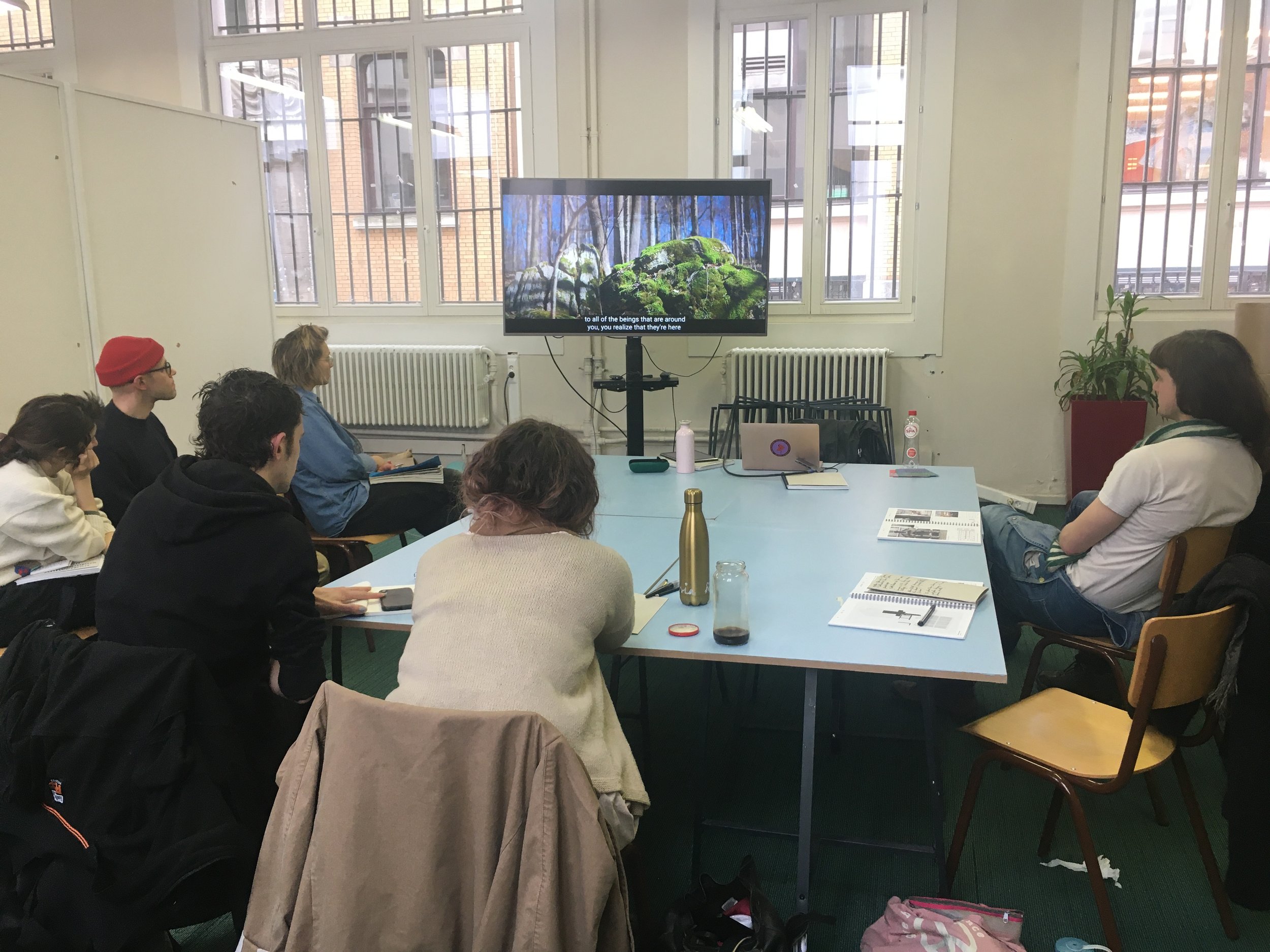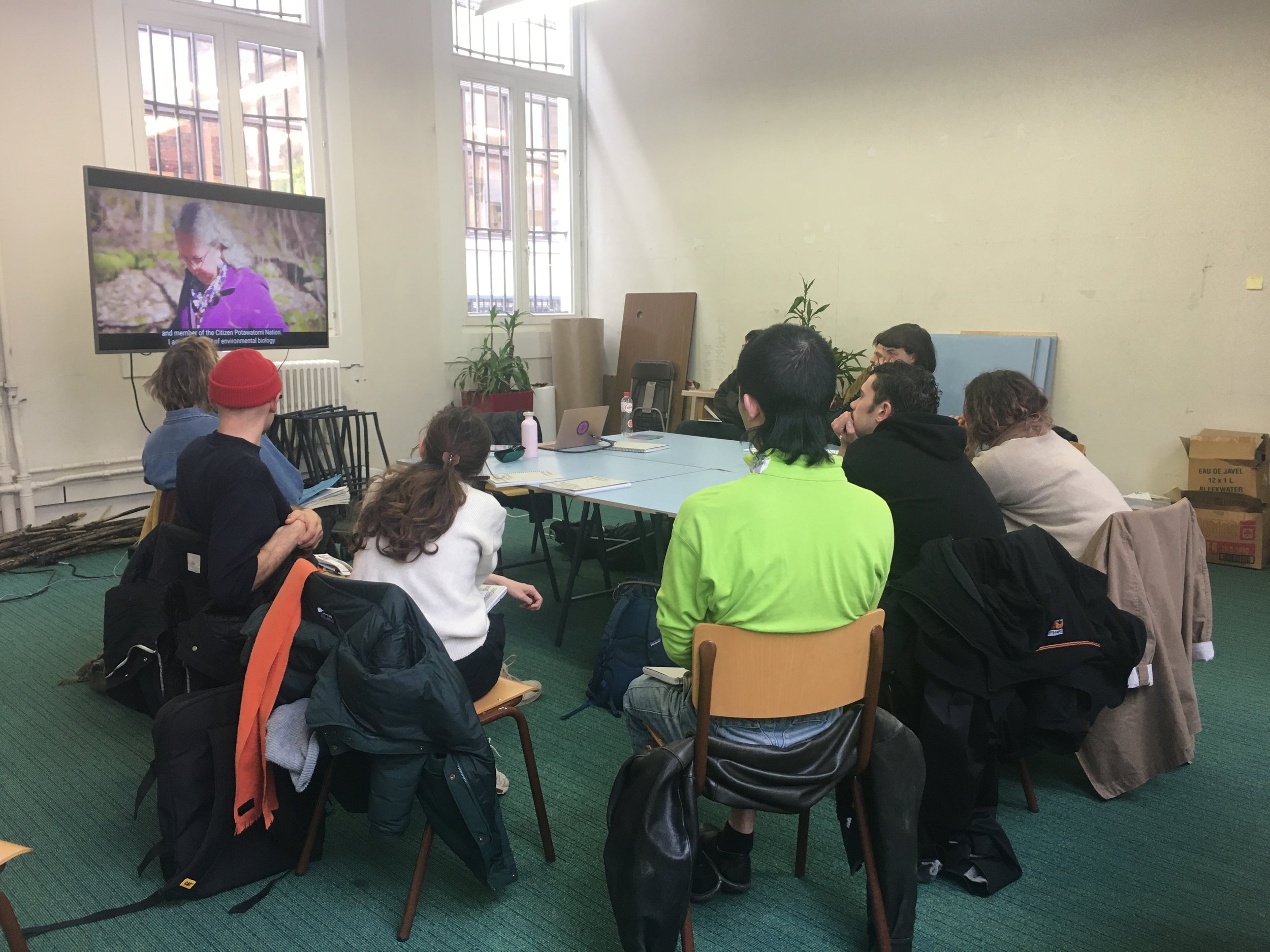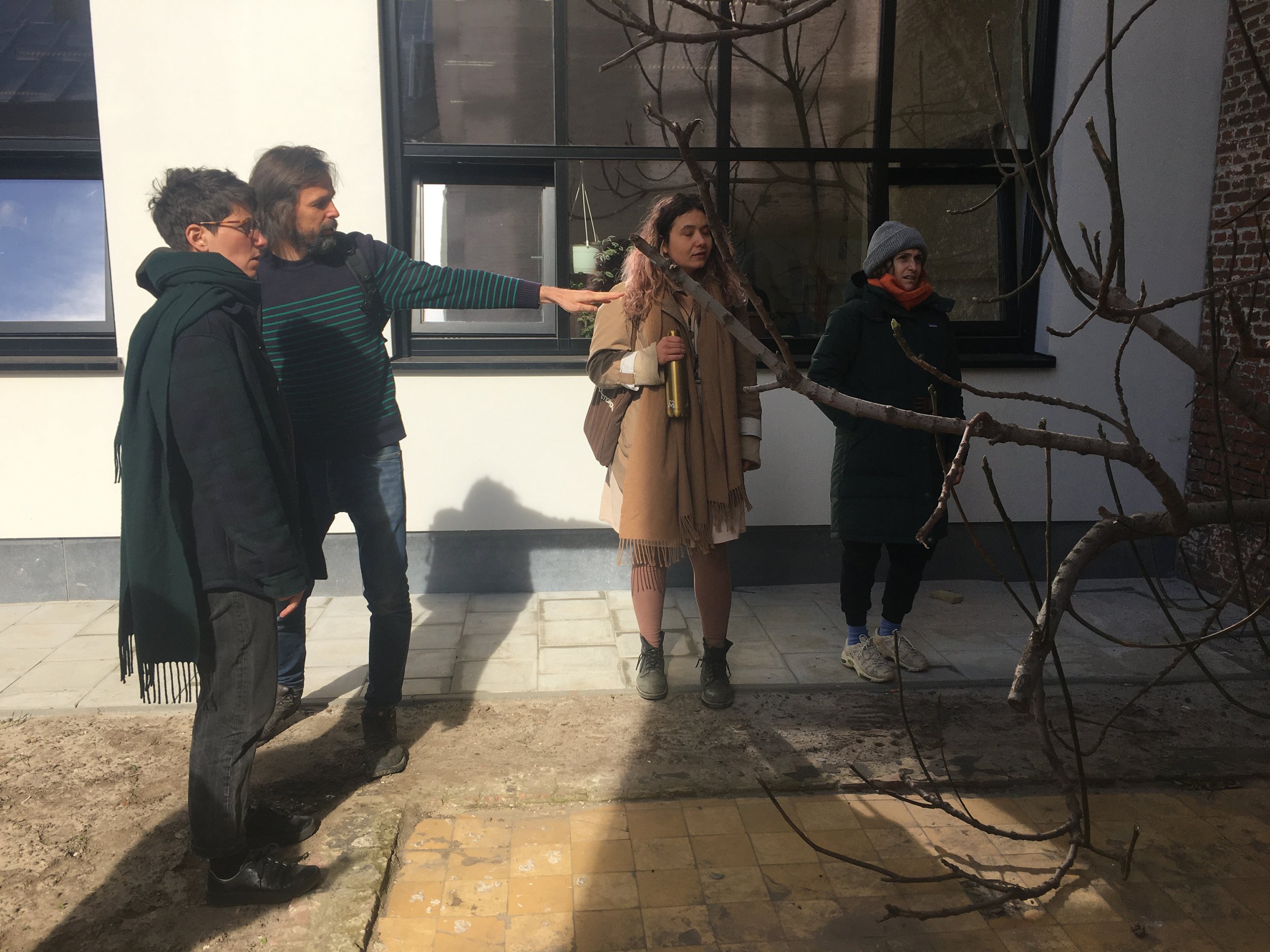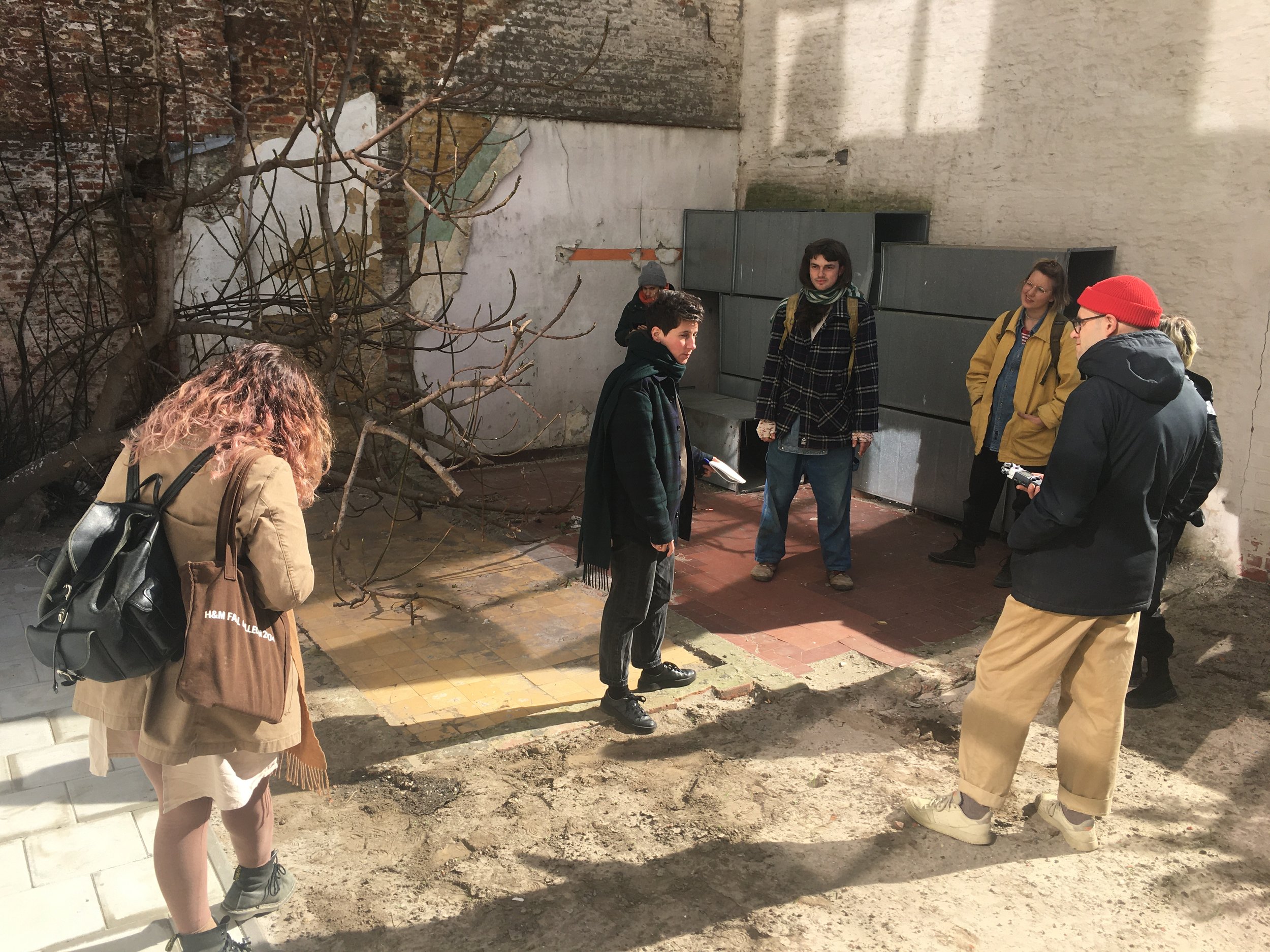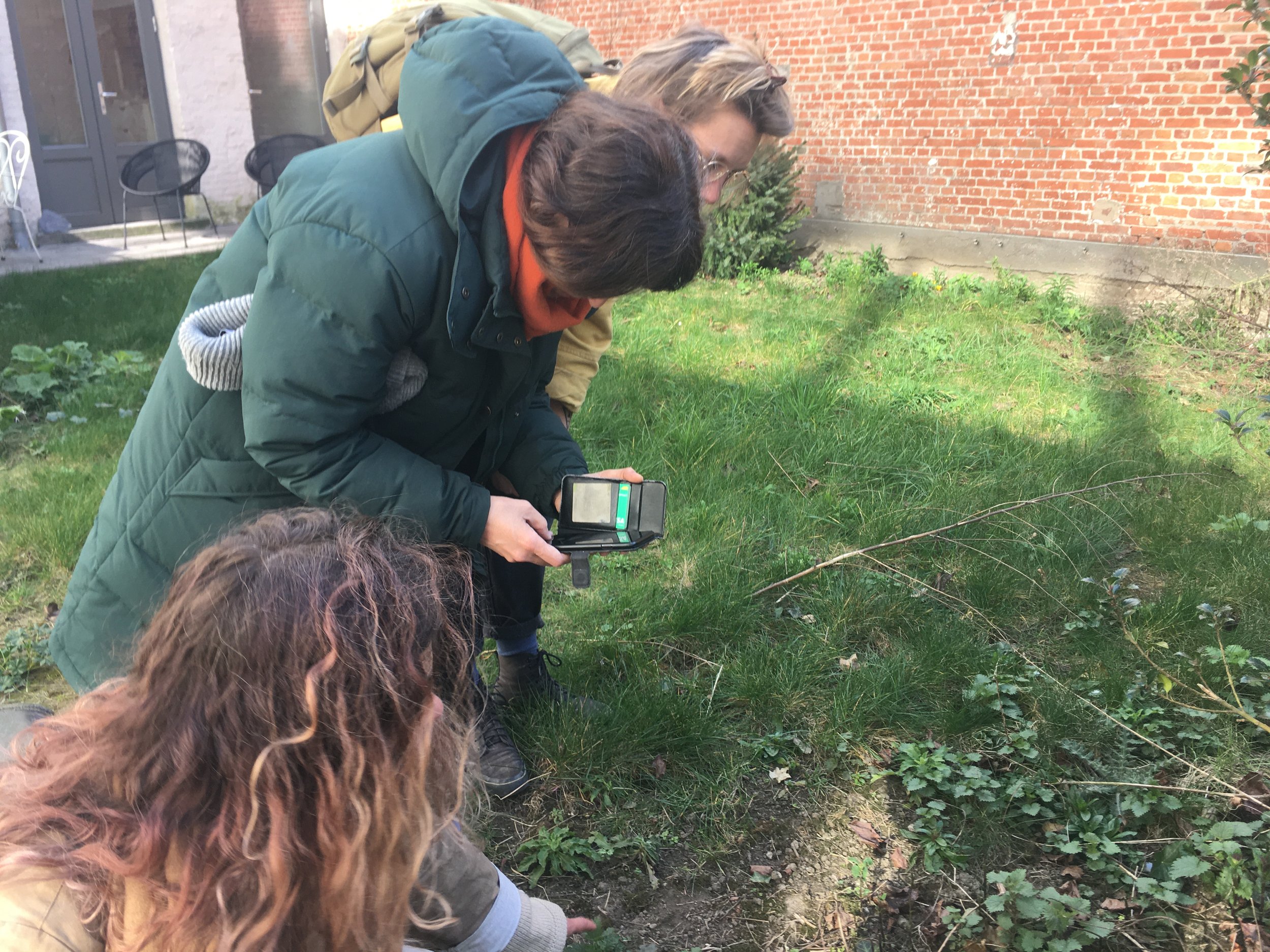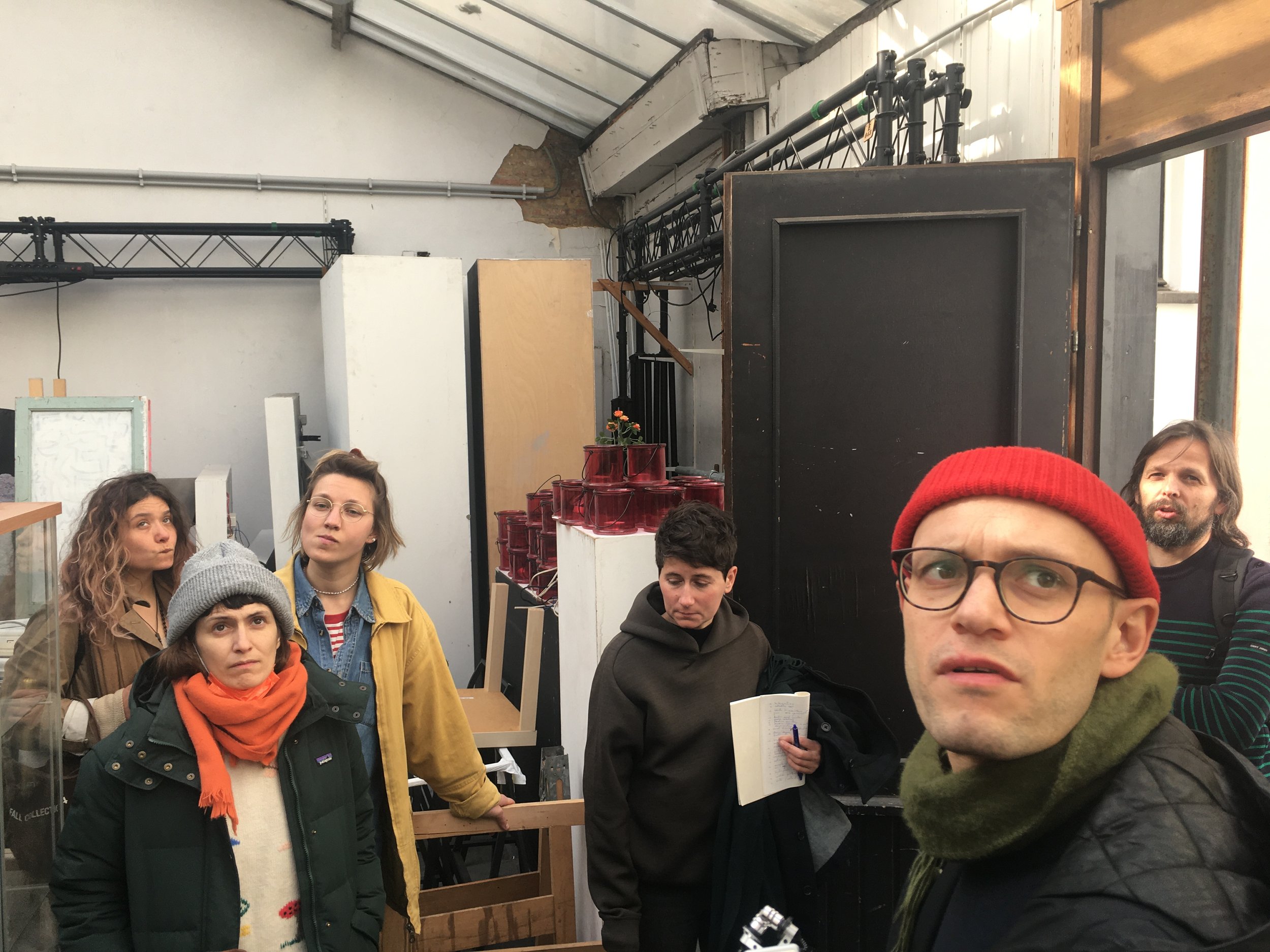Mycology – an exercise in challenging paradigms, deconstructing norms and disturbing our largely binary conception of our surroundings —“plants versus animals” or “two-sex mating systems” — “calling upon non-normative, multimodal methodologies for knowledge acquisition” (Kaishian, 2020).
Ethnobotany – an exercise in remediating the amnesia created by botany’s classification and rationalization of nature, and in re-valuing the social, relational and spiritual significance of plants. Recast here as ecobotany to reflect a shift towards ecocentric and Indigenous approaches.
Critical pedagogy – a framework generating a culture of questioning, analysis and resistance, and connecting knowledge to self- and social change. An exercise in learning and thinking through experience, in community with others.
Queer methodology – a multimodal “scavenger methodology,” (Halberstam, 1998), pointing to “a process of searching and excavating that does not come easily at first glance” — also called “forager methodology” (Kaishian, 2020).
A body without plan is an invitation to make a garden at the Royal Academy of Fine Arts Antwerp. The project explores how a planted and landscaped environment can be political, resistant, non-binary and what the feel, look and values of such a garden may be. ‘A body without plan’ asks: How to circumvent the dominant cultural lenses (i.e. heteronormativity, racism, sexism, ableism, and binaries) through which the history and practice of botany and mycology have been disproportionally written and enacted? How to grow and maintain an environment with intuition? How to landscape with gut?
Whereas humans and most animals feed themselves through ingesting food that they source, fungi, in contrast, site their bodies in and onto food, suggesting alternative ways of collaborating and coalescing. They digest the world where it is and embody it. Perhaps not coincidentally, human and animal guts are home to an assemblage of microbes, fungi and bacteria, which communicate with and impact the way we think, feel and act. Bodies are fungal communities stitched together by mycelium or what biologist Merlin Sheldrake describes as ecological connective tissue, “a body without plan”.
What can we learn from fungal connectivity and sentient guts, and how do these learnings apply to the creation and maintenance of a landscaped relational and living environment? As a project involving the creation of a permanent space inhabited by various connective life forms, ‘A body without plan. Landscaping with gut.’ further broaches the questions of upkeep, responsibility, care, stewardship, and access. Through a series of hands-on workshops, seminars, reading sessions and visits, the participants, working in collaboration with artist Ève Chabanon and curator Anna Colin, will develop, landscape, craft, plant and inoculate a garden over the course of approximately 24 months. Participants will be able to join in at different points of the project.
With the words of: Jack Halberstam, Patricia Kaishian, Merlin Sheldrake, Helene Cixous.
